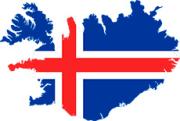
Category:
Time:
Membrane technology has been widely established in dairy operations for concentration and fractionation of milk and whey by means of micro-, and ultrafiltration, reverse osmosis or combinations thereof. It is not exaggerated to say that membrane technology has been one of the key drivers for innovation in the dairy industry over the last decades reaching back to its first application in the 1960s in New Zealand.
This presentation focuses on aspects of membrane fouling of membrane surfaces and presents recent results that help to better understand and to mitigate this unwanted phenomenon in view of options to improve flux and targeted transmission of components. A key factor is the effect of length on deposit formation resulting from the loss of static pressure along the flow path in crossflow membrane filtration, which has been recognised a long time ago and which resulted in the concept of uniform transmembrane pressure operation (UTP). This principle can be extended and applied also in other module types than ceramic tubular membranes, even in spiral-wound membranes (SWM). Another important aspect is a deeper understanding of molecular interactions of components with the membrane surface and within the deposited material, which assists in understanding variability of flux and transmission, e.g. in milk protein fractionation by microfiltration and protein concentration by ultrafiltration.
Based on novel insights, possibilities for new membrane technological concepts for dairy applications will be proposed and discussed with regard to practical pros and cons. Also, module concepts such as tubular, spiral-wound and hollow-fibre systems will be compared with regard to energy consumption and filtration efficiency.
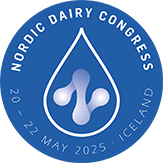






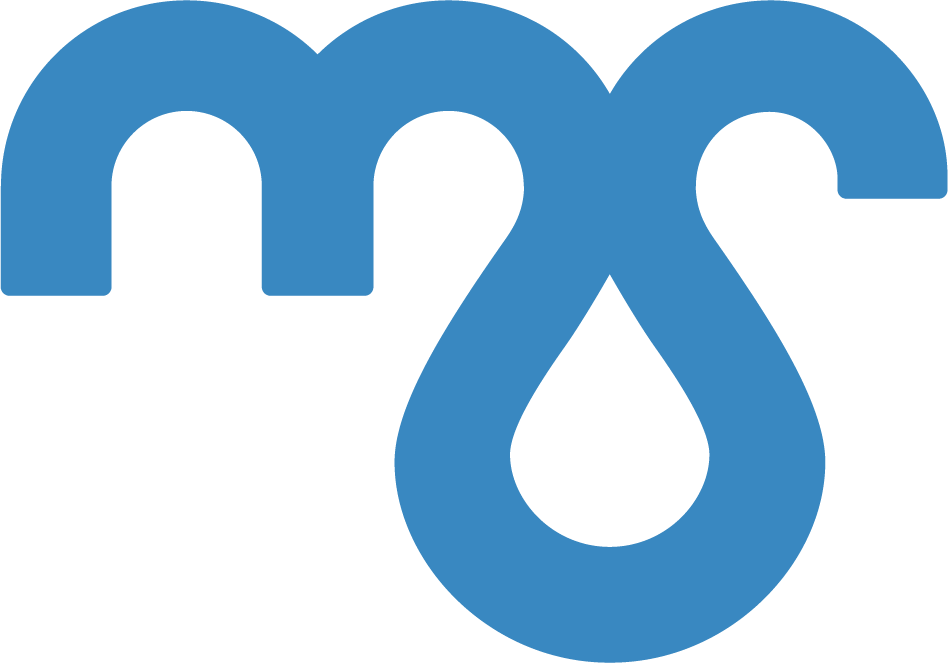
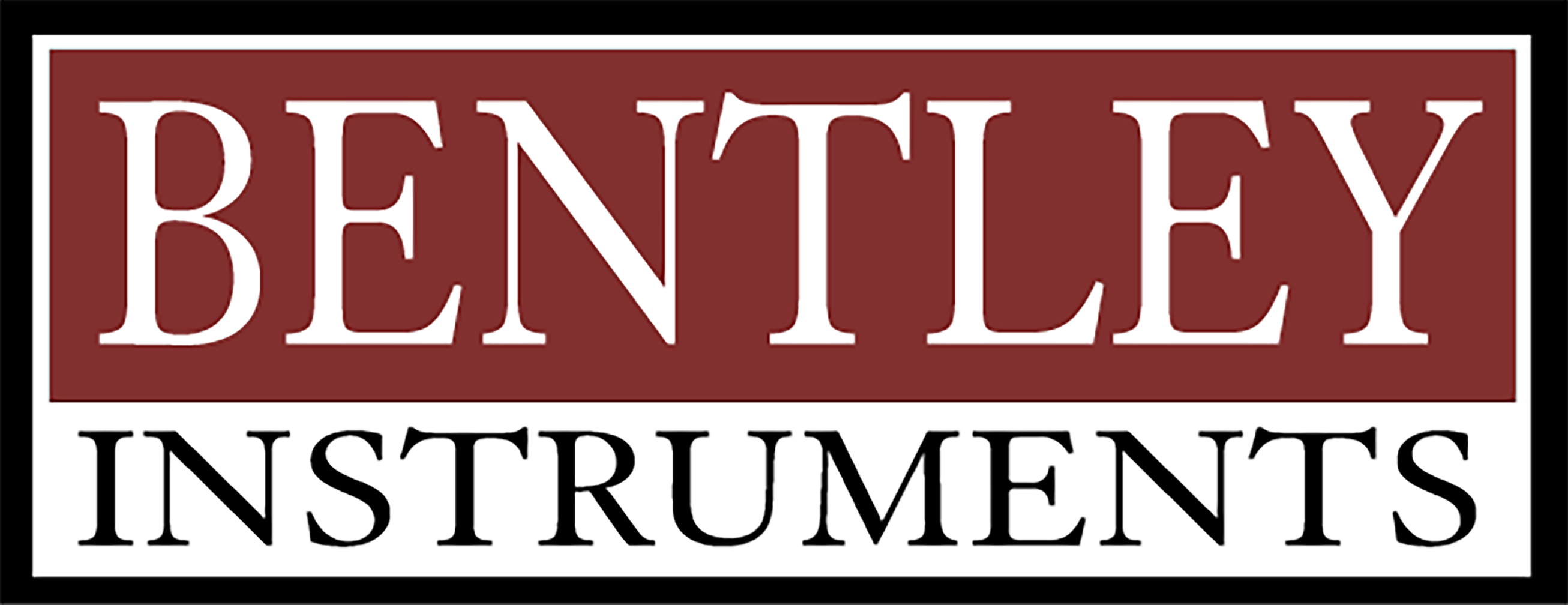
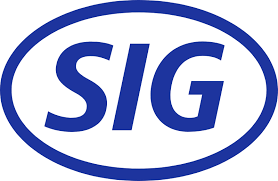



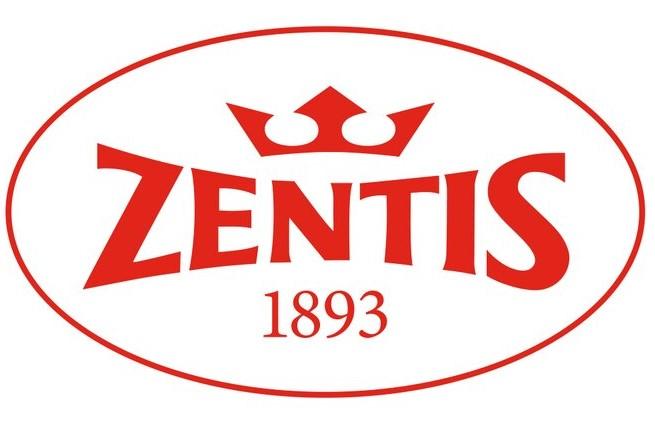
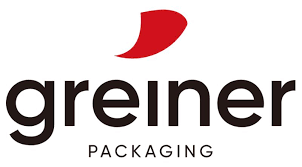
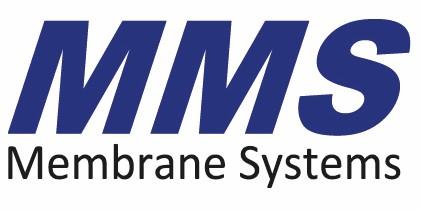


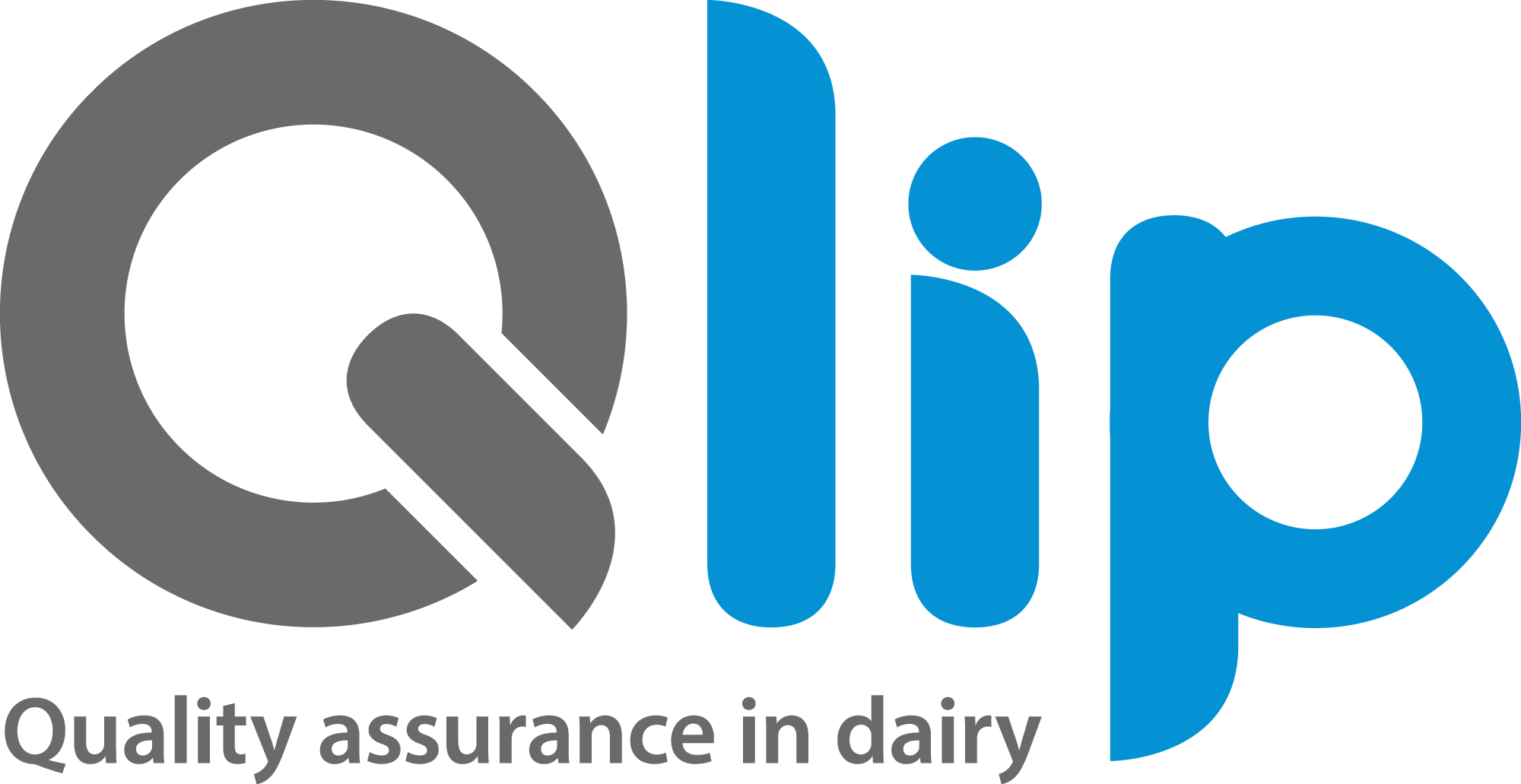









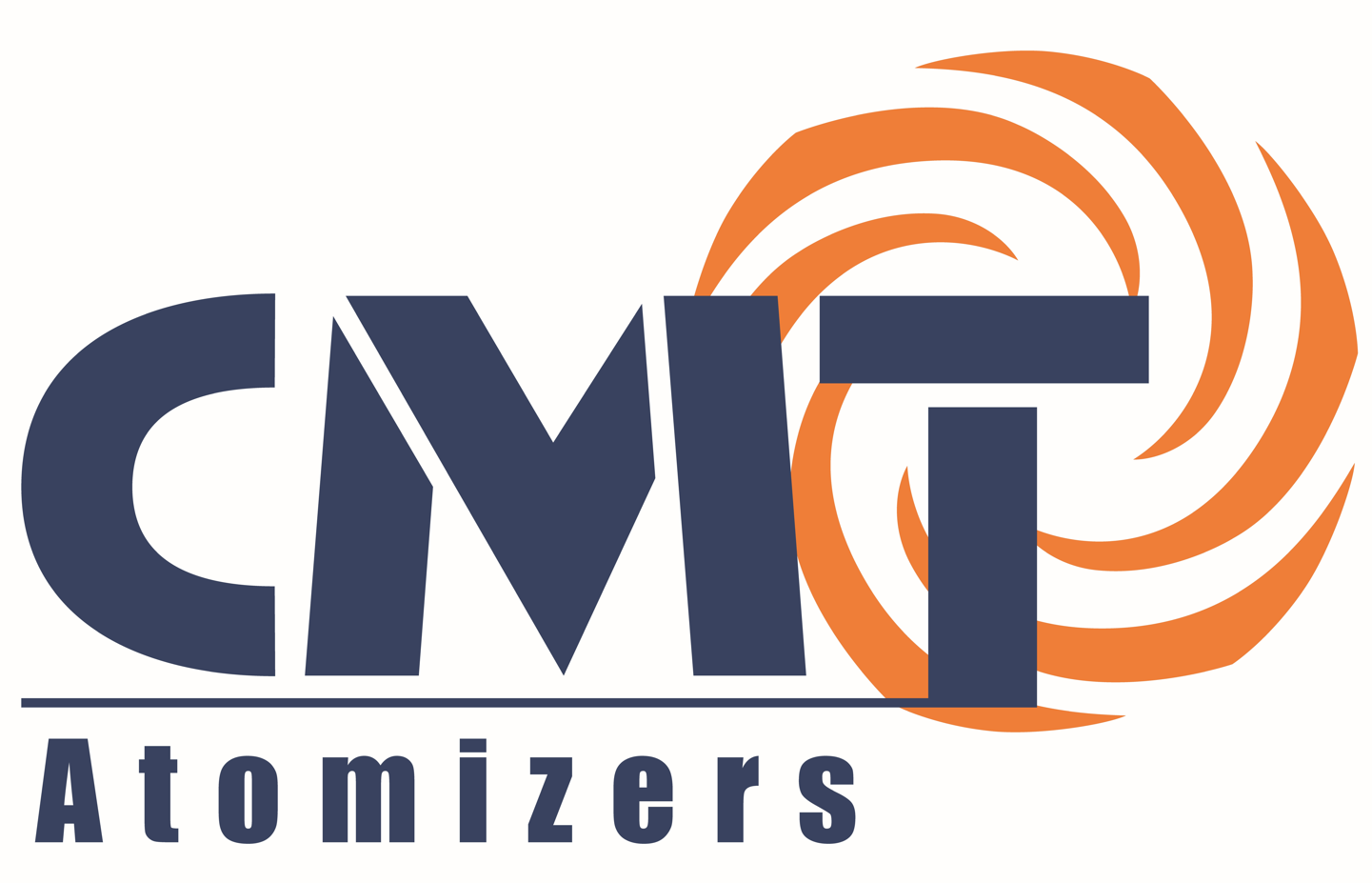
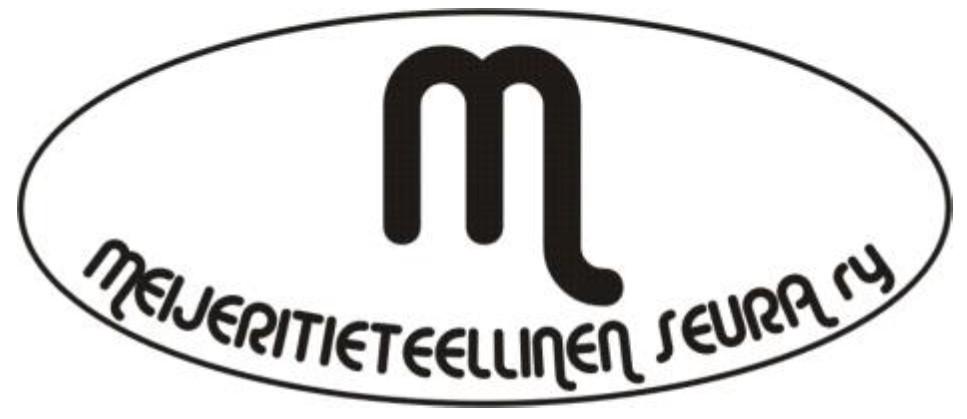


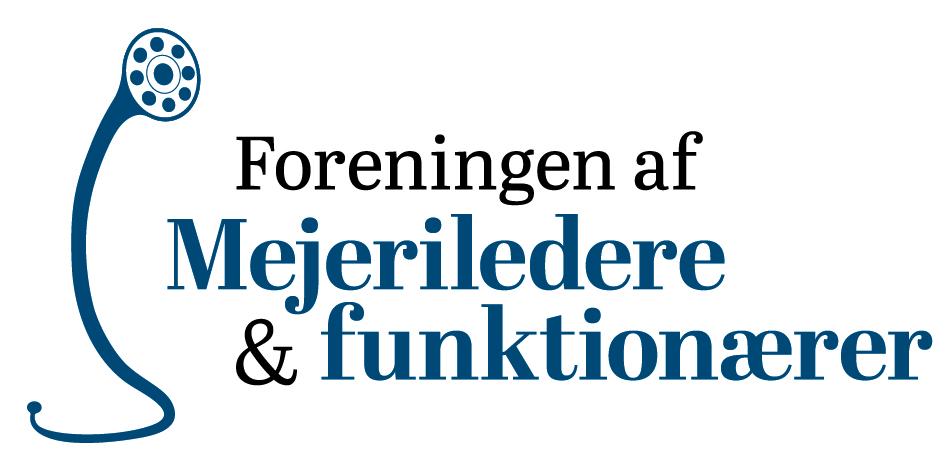



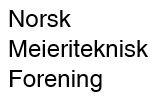
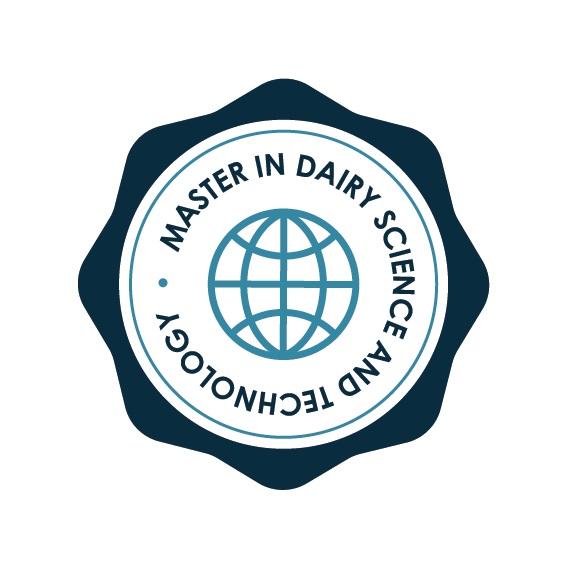
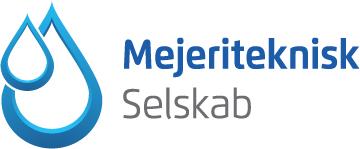

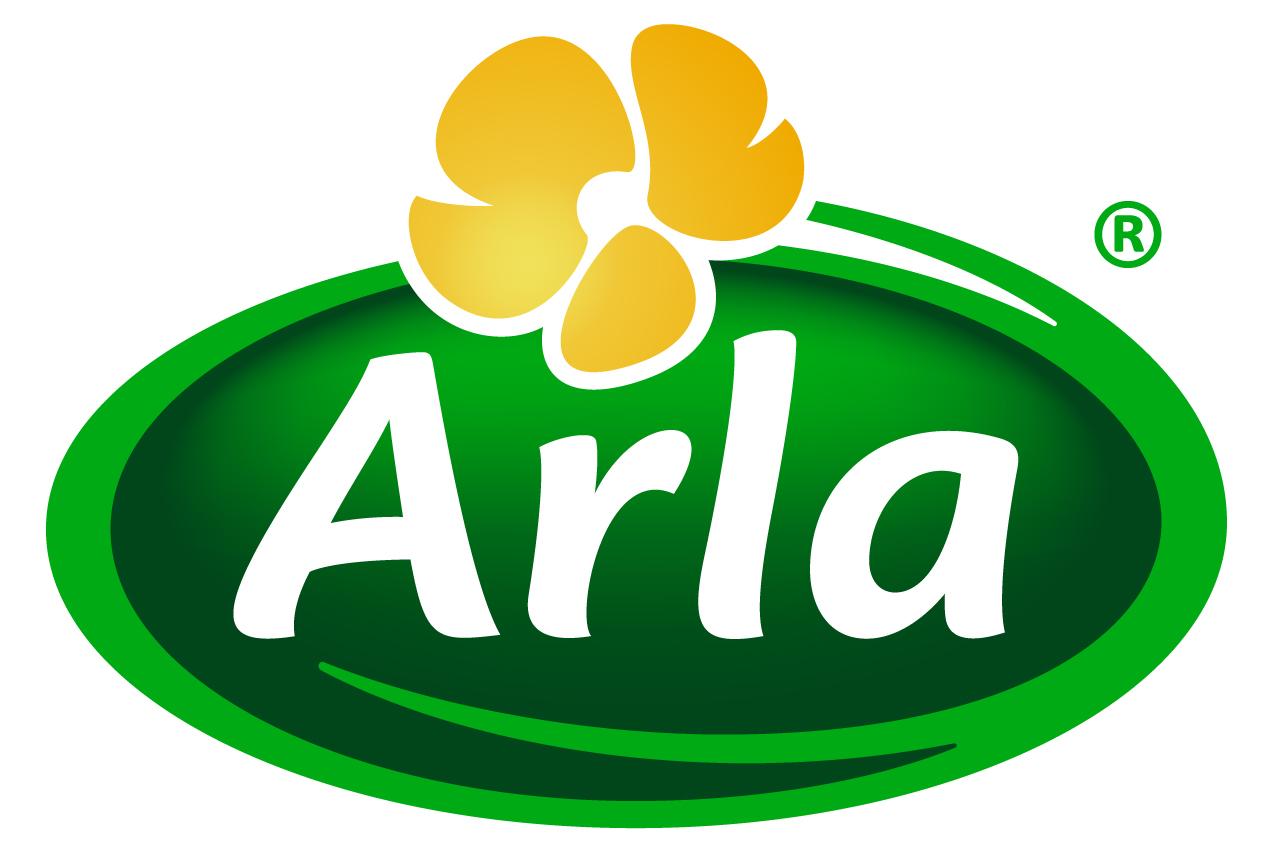
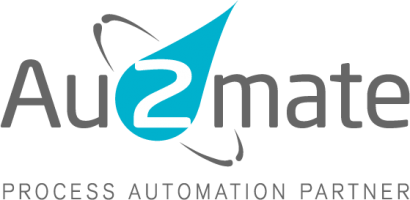
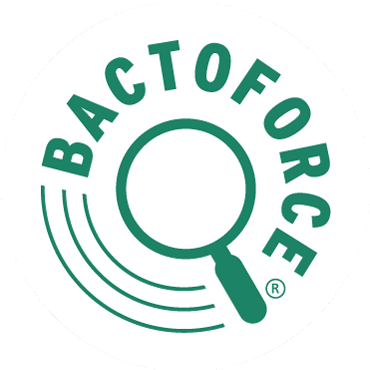


 Munkehatten 28
Munkehatten 28